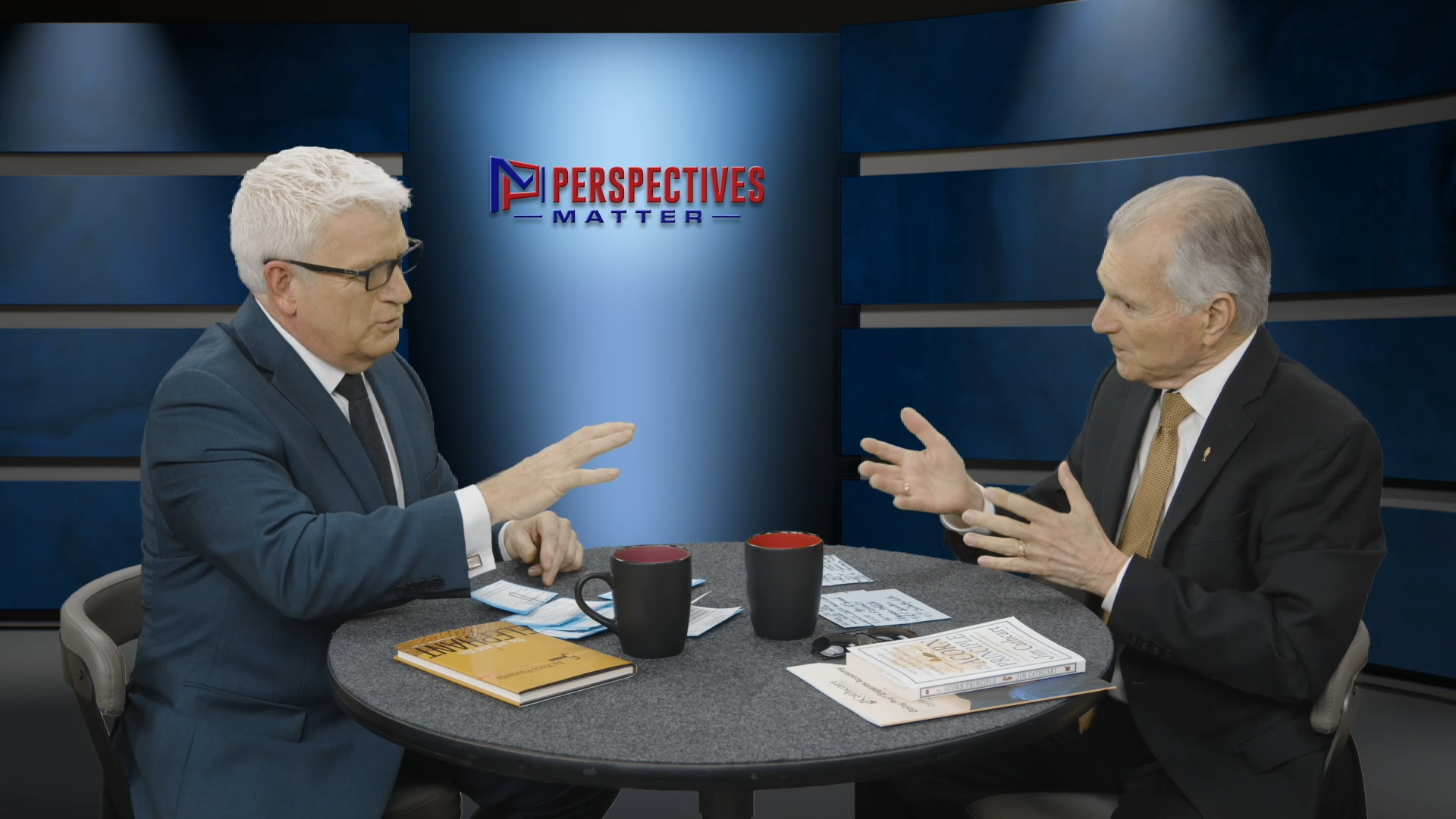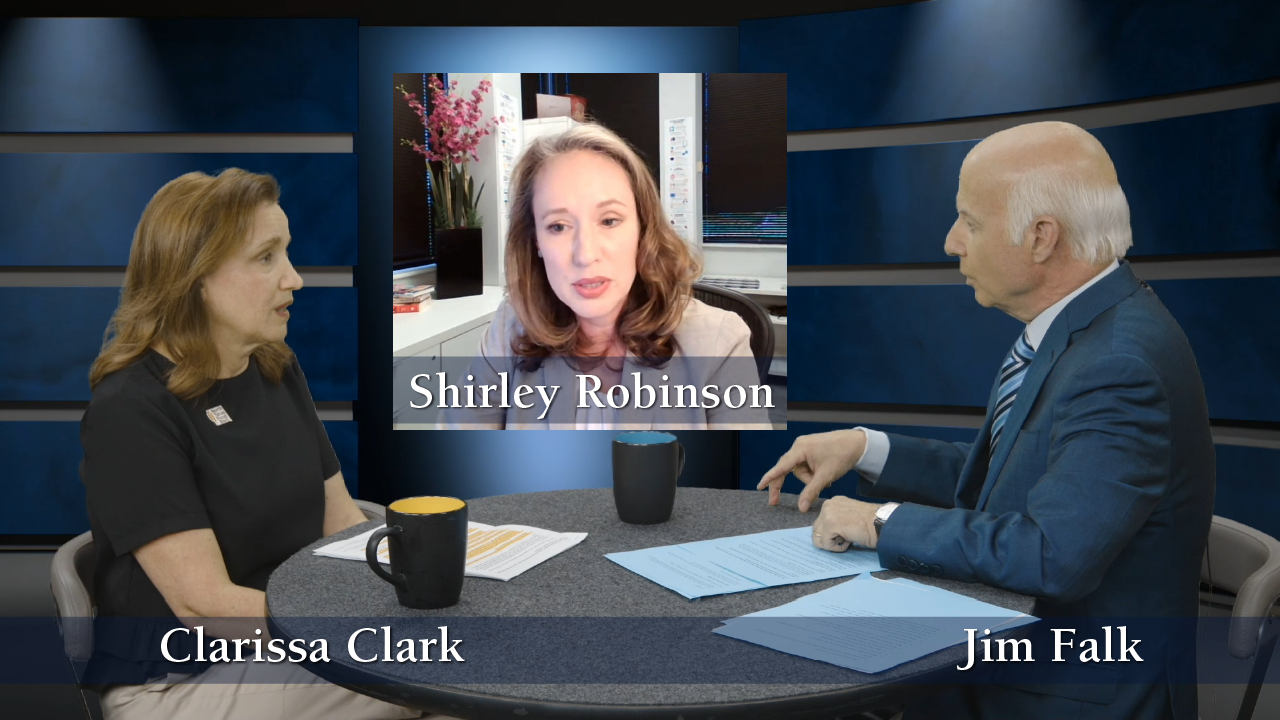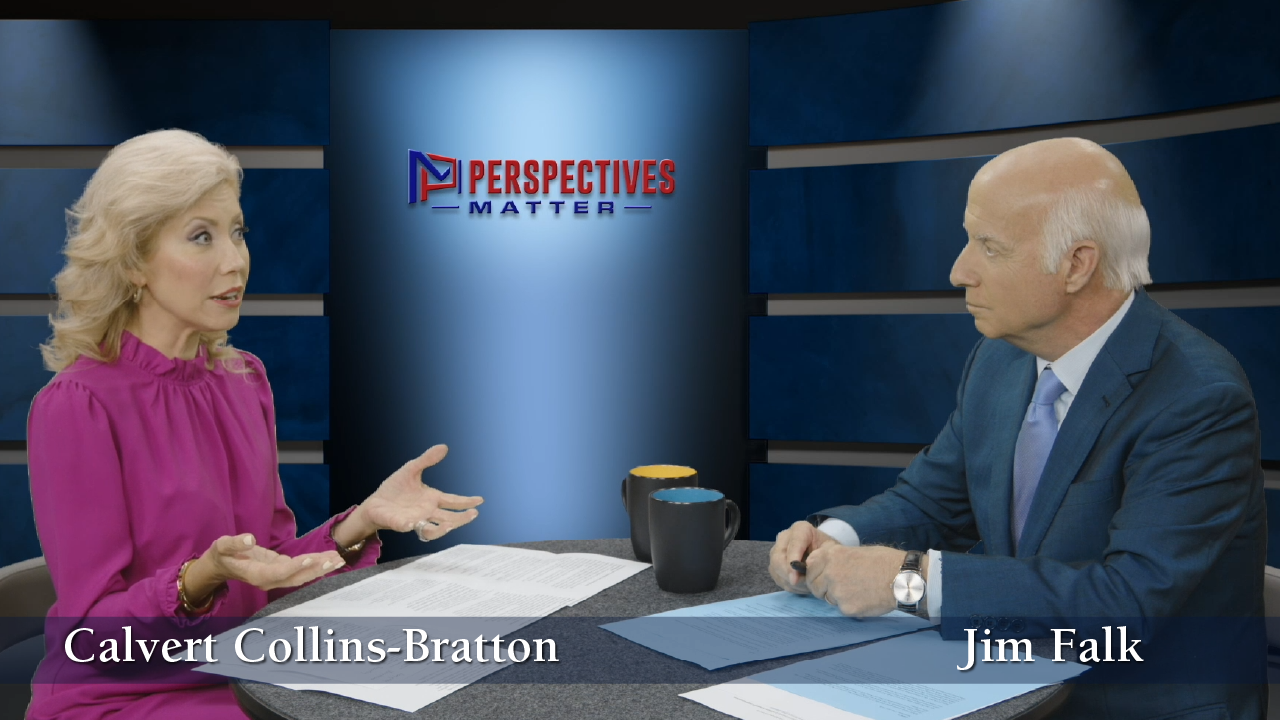The below was released by NCPA on July 10, 2014.
***
FOR IMMEDIATE RELEASE
Contact: Catherine Daniell at 972-308-6479 or catherine.daniell@ncpa.org
Why the “Rich” Get Richer Quicker than the “Poor”
Income Disparity Overblown By Official Measures: NCPA Report
Dallas, TX (July 10, 2014) – Important explanations for the income gap between the “rich” and the “poor” make the growth in income disparity “practically inevitable,” explain National Center for Policy Analysis (NCPA) Senior Fellow Richard McKenzie and Kathryn Shelton in a new study.
While a number of social and economic factors explain the growth in income disparity — from family breakdown to government welfare program incentives — McKenzie and Shelton identify two additional reasons why the “rich” seem to get richer faster than the “poor” by official measures:
- The way that the income distribution is split into “fifths” of households undercuts the impact of gains made by those at the bottom of the income ladder.
- The rich have more opportunities to diversify their investment portfolios and soften the consequences of risk-taking.
The division of households into “fifths” or “quintiles” gives the appearance of greater inequality than actually exists. Rather than being even, there are actually far more people — and workers — in the upper income brackets.
- There are 82 percent more people in the top fifth of households than in the bottom fifth.
- In 2006, 81 percent of households in the top fifth had two or more workers, but only 13 percent of households in the bottom fifth had two or more workers.
- In almost 40 percent of households in the bottom fifth, no one was working.
Additionally, this system of “fifths” fails to account for income mobility. When low-income Americans become richer, their gains are not added to the income and wealth of their initial income and wealth stratum, or “fifth,” which leads to a greater appearance of disparity.
McKenzie and Shelton also describe how the wealthy are able to maintain highly diversified investment portfolios. Their wealth allows them to take on risky investments that carry high rates of return without the hazards associated with the far less diverse portfolios of lower income individuals.
Why the ‘Rich‘ Can Get Richer Faster than the ‘Poor’: http://www.ncpa.org/pub/st358






